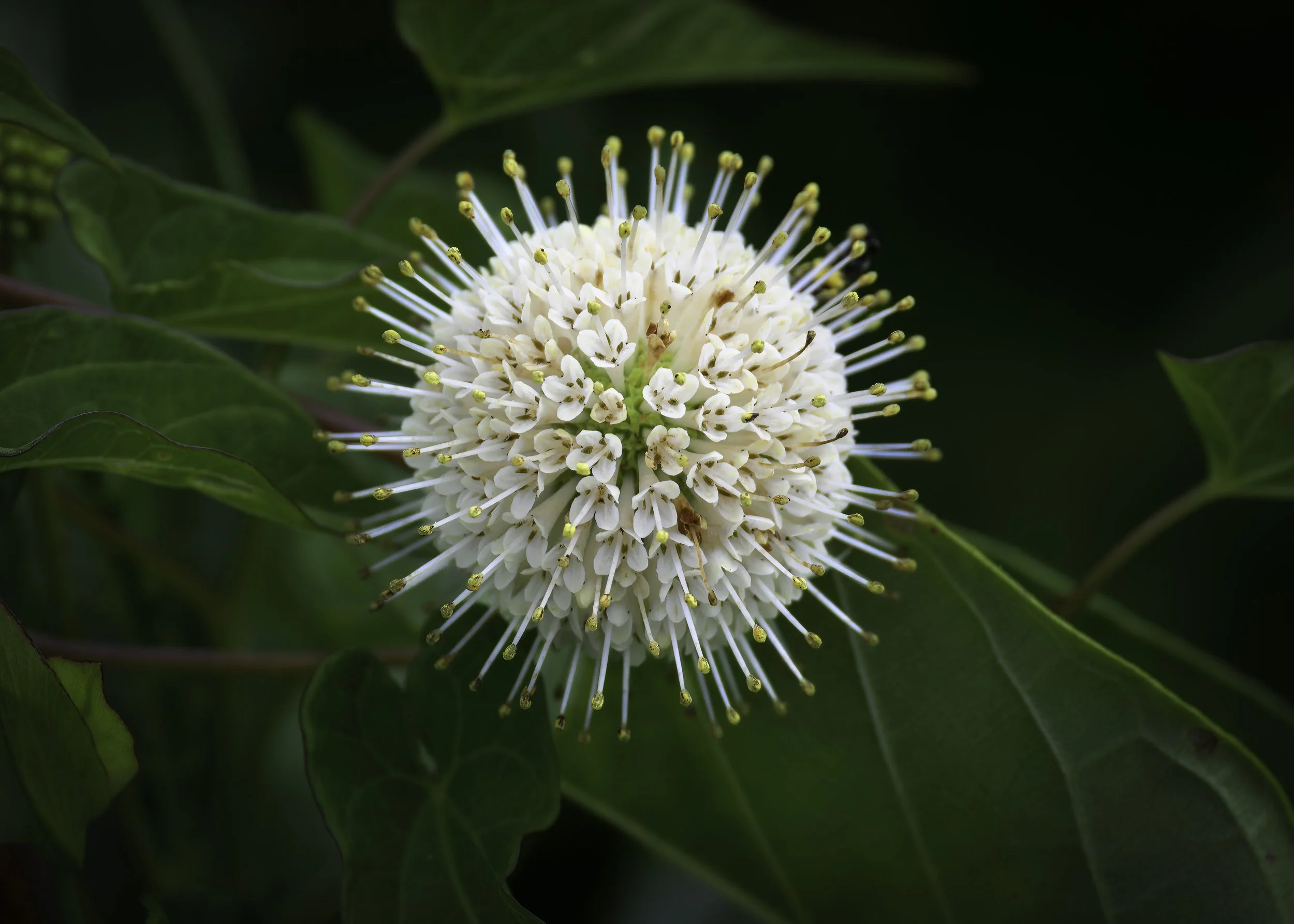Mixed Bag
I’ve had a few observations/photographs that really didn’t fit neatly into any single category this week, so I decided to post them together here as what I’ll call a “mixed bag”. Each subject I found interesting in and of its own characteristics - Coloration, morphology, structure, etc. The first up is a rather large (1 3/4”) insect I found along the banks of the Hudson while walking my daughter’s dog with her boyfriend. As usual, the camera was by my side and I took the opportunity to capture an image of this rather impressive beetle. One of the things that was most interesting about finding this little “monster” is that he is normally a forest dweller, so what he was doing so close to the Hudson River, only he knows for sure.
Reddish-brown Stag Beetle
The Reddish-brown stag beetle is a striking insect known for its robust body and distinctive large mandibles, especially prominent in males. Its coloration ranges from deep reddish to brown tones, which help it blend into its natural woodland habitats. These beetles play an essential role in forest ecosystems by aiding in the decomposition of dead wood, as their larvae feed on decaying timber. Despite their somewhat intimidating appearance, reddish-brown stag beetles are harmless to humans and contribute significantly to maintaining healthy forest environments. The large mandibles are used to fight off competing males when a female is the prize. The name of the insect comes from the fact that their antenna are said to resemble the antlers of a “stag”. I think you can see that in the above photograph.
Next in the mixed bag is the Oval ambersnail. The oval ambersnail (Succinea ovalis) is a small, air-breathing land snail commonly found in moist habitats such as wetlands, marshes like the Pine Hill swamp where I found this guy, and damp forests across North America. Its translucent, amber-colored shell is oval-shaped, giving the species its name. The oval ambersnail's preference for humid environments makes it particularly sensitive to habitat changes, serving as an indicator of wetland health. This snail can withstand short durations of dry conditions by going “dormant” for as much as 10 days in a desiccated condition. They can retreat into their shell and seal off the opening with mucous to prevent further dehydration. Ain’t nature grand?
Oval ambersnail - Pine Hill Swamp Chester, NY
Next in the bag is an abandoned bird’s nest. I took this shot using a technique known as focus stacking in order to capture all the detail from front to back and from top to bottom. It was actually created from 80 individual images. After some serious research into what type of bird made this nest, it appears that it is most likely a Chipping sparrow or possibly a House wren. Both birds are regulars around our home where the nest was found on the ground. Not sure if it was ever used as it was pretty pristine. The wrens will often construct several nests and then await the female’s approval before deciding upon which one is her choice for moving in. So many characteristics of birds mirror those of humans, don’t you think?
I am always amazed by the intricacies of these structures. So carefully constructed and tightly woven without the dexterity of human hands. This type of nest is called a “cup nest” for obvious reasons and is typical of the nests constructed by tiny little hummingbirds (Nest size = half a walnut) all the way up to the nest of a Common Raven which can be as much as 5 1/2 feet in diameter! Different birds will use different materials to build their nests including grass, twigs, feathers, animal hair, and spider silk. I once saw an osprey’s nest which had incorporated the head of a baby doll! There goes the neighborhood.
As we get further into summer, more and more wildflowers will be blooming, so this last addition to the day’s mix could easily have been included in a later blog post. But for now, I’ll elect to add this image to the collection in that I find it so intricate and beautiful I had to include it. This is the flower of the Buttonbush.
The Buttonbush (Cephalanthus occidentalis) is a deciduous shrub or small tree commonly found in wetland areas across North America. It thrives in moist to wet soils, often along stream banks, ponds, and swampy regions. This individual was located at one of my standard sites….Cragston Lakes. This plant is notable for its unique spherical flower clusters composed of tiny tubular flowers, which attract a variety of pollinators including bees and butterflies. The Buttonbush provides important habitat and food for wildlife, making it a valuable species for ecological restoration and natural landscaping projects. The flowers of the Buttonbush are another example of a plant that while pretty from a distance is absolutely exquisite when viewed close up. While most people think of binoculars as optical aids useful for viewing objects at a distance, they are also very useful for getting up close and natural with objects that are only several feet away. It’s always worth a few seconds to stop and take a little closer look.



